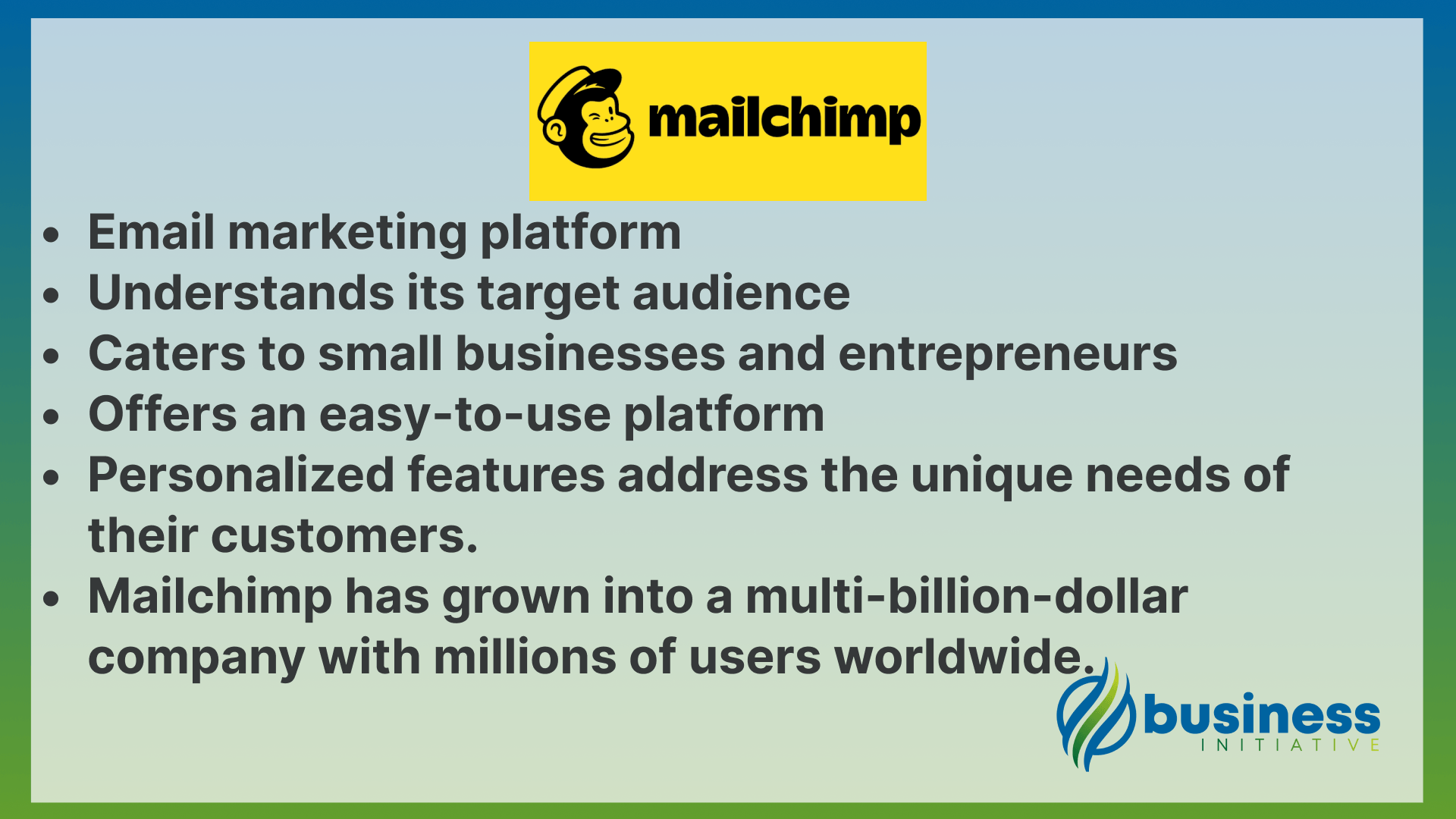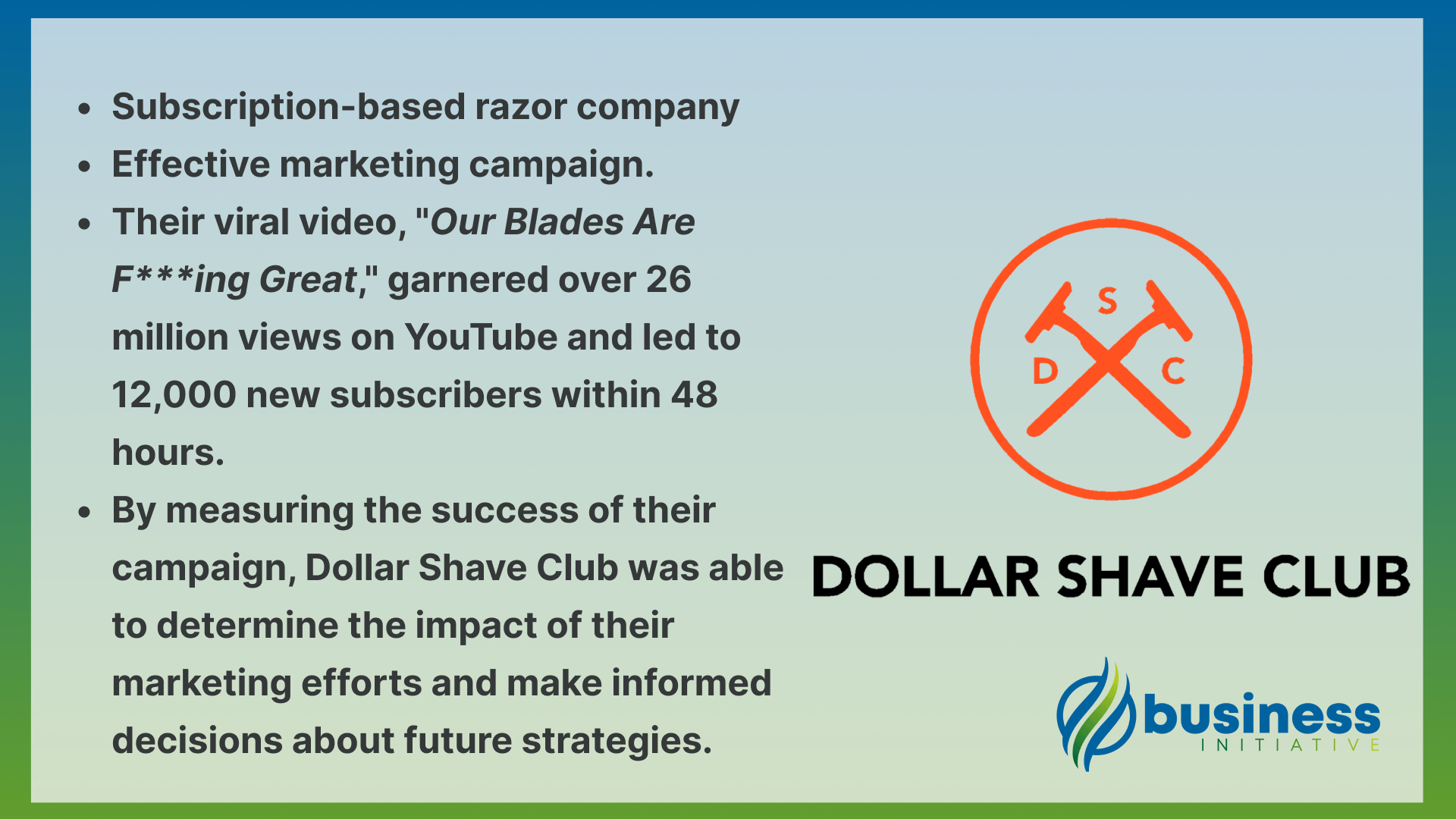A successful Limited Liability Company (LLC) relies on a well-executed marketing plan. A comprehensive strategy will help your business stand out, attract customers, and grow.
Marketing is a critical component of any business, and your LLC is no exception. A well-thought-out marketing plan can be the difference between a thriving, successful company and one that struggles to survive.
As an entrepreneur or business owner, it’s essential to understand the importance of developing a solid marketing plan to reach your target audience, maximize your budget, and achieve your goals.
In this article, we’ll explore the key elements of creating an effective LLC marketing plan, including targeting your audience, selecting marketing channels, budgeting, and measuring success.
Plus, we’ll share practical lessons and case studies to inspire your next marketing campaign.
Target Audience
Before diving into marketing channels and tactics, it’s crucial to identify your target audience. Knowing who your potential customers are will help you create tailored marketing messages that resonate with them. To define your target audience, consider the following factors:
1. Demographics: Demographics refer to the statistical characteristics of a population, such as age, gender, income, education level, and geographic location. Understanding the demographics of your target audience can help you tailor your marketing messages to their specific needs and preferences.
2. Psychographics: Psychographics refer to the psychological characteristics of a population, such as personality traits, values, attitudes, interests, and lifestyles. Understanding the psychographics of your target audience can help you create marketing messages that resonate with their beliefs and motivations.
3. Pain points: Pain points refer to the problems or challenges that your target audience is facing. Understanding the pain points of your target audience can help you create marketing messages that address their specific needs and offer solutions to their problems.
➤ DISCOVER: Learn how to effectively appeal to your target audience
4. Buyer personas: Buyer personas are fictional representations of your ideal customers, based on research and data about your target audience. Creating buyer personas can help you understand the needs, motivations, and behaviors of your target audience, and create marketing messages that resonate with them.

Marketing Channels
Once you’ve identified your target audience, it’s time to select the most appropriate marketing channels.Consider your audience’s preferences and behavior when selecting the right marketing channels. For instance, if your target audience is active on Instagram, prioritize that platform over others.
Some popular channels include:
1. Social media:
Social media is a powerful marketing channel that allows businesses to reach a large audience quickly and easily. Facebook, Instagram, Twitter, LinkedIn, and other platforms offer a variety of tools and features that can be used to promote products or services, engage with customers, and build brand awareness. When using social media, it’s important to create content that is relevant and engaging to your target audience. This can include posts, stories, videos, and other types of content that showcase your brand’s personality and values.
2. Content marketing:
Content marketing involves creating and sharing valuable, relevant, and consistent content to attract and retain a clearly defined audience. This can include blog posts, ebooks, whitepapers, infographics, and other types of content that provide value to your target audience. By creating high-quality content, businesses can establish themselves as thought leaders in their industry and build trust with potential customers.
➤ OPTIMIZE: Turn your marketing channels in to cash machines!
3. Email marketing:
Email marketing is a highly effective way to reach customers and promote products or services. Newsletters, promotional emails, and other types of email campaigns can be used to keep customers informed about new products, sales, and other important updates. When using email marketing, it’s important to segment your audience and personalize your messages to ensure that they are relevant and engaging.
4. Paid advertising:
Paid advertising involves paying for ad space on search engines, social media platforms, or other websites. Google Ads and Facebook Ads are two popular platforms that businesses can use to reach a large audience and promote their products or services. When using paid advertising, it’s important to target your ads to the right audience and create compelling ad copy that encourages users to take action.
5. Public relations:
Public relations involves building relationships with journalists, bloggers, and other members of the media to promote your brand and products. Press releases, media outreach, and other PR tactics can be used to generate buzz and increase brand awareness. When using public relations, it’s important to have a clear message and to be responsive to media inquiries.
6. Events and trade shows:
Events and trade shows provide businesses with an opportunity to showcase their products or services and connect with potential customers. Conferences, workshops, webinars, and other types of events can be used to educate customers and build relationships. When planning an event, it’s important to have a clear goal and to create an experience that is engaging and memorable for attendees.
Budgeting
Having a well-defined budget is essential for any marketing plan. Allocate resources to each marketing channel based on their potential return on investment (ROI).
Keep in mind that some channels, like social media and content marketing, may require more time and effort but have lower monetary costs. On the other hand, paid advertising typically requires a larger financial investment but can yield quicker results.
Regularly review and adjust your budget as needed to ensure you’re maximizing your marketing efforts.
Measuring Success

To determine the effectiveness of your marketing plan, it’s crucial to establish Key Performance Indicators (KPIs) and track them consistently. KPIs are measurable values that demonstrate how well your marketing efforts are achieving your objectives.
Common KPIs include:
-
Website traffic: Website traffic refers to the number of visitors who come to your website. It is an important KPI because it can help you understand how well your website is performing and how effective your marketing efforts are in driving traffic to your site. You can track website traffic using tools like Google Analytics.
-
Social media engagement: Social media engagement refers to the level of interaction that people have with your social media content. This can include likes, comments, shares, and follows. It is an important KPI because it can help you understand how well your social media content is resonating with your audience and how engaged they are with your brand.
-
Email open and click-through rates: Email open and click-through rates are KPIs that measure how many people are opening and clicking on the links in your emails. These metrics can help you understand how effective your email marketing campaigns are and how engaged your email subscribers are with your brand.
-
Conversion rates (e.g., sales, sign-ups, etc.): Conversion rates measure the percentage of people who take a desired action on your website or landing page. This can include making a purchase, filling out a form, or signing up for a newsletter. Conversion rates are an important KPI because they can help you understand how well your website or landing page is converting visitors into customers or leads.
➤ MORE: 5 practical tips and tools to build a captive audience across multiple platforms
- Return on ad spend (ROAS): ROAS is a KPI that measures the revenue generated by your advertising campaigns compared to the cost of running those campaigns. It is an important KPI because it can help you understand how effective your advertising campaigns are in generating revenue for your business.
Practical Lessons
Here are some tips for creating a comprehensive marketing plan that drives results:
-
Set clear goals and objectives for your marketing efforts.
-
Identify your unique selling proposition (USP) and communicate it consistently across all channels.
-
Test different marketing tactics and channels to determine what works best for your target audience.
-
Analyze your competitors’ marketing strategies and learn from their successes and failures.
-
Continuously optimize and refine your marketing plan based on data and feedback.
Creating an effective LLC marketing plan is essential for business growth and success.
By identifying your target audience, selecting the right marketing channels, allocating a budget, and measuring your success, you can develop a comprehensive strategy that delivers results.
Remember to learn from successful case studies and apply practical lessons to your own marketing efforts.
Now is the time to take action and elevate your LLC to new heights!
Ready to create a winning marketing plan for your LLC?
Apply the strategies and tools shared in this article and watch your business soar to success.
Don’t wait…


